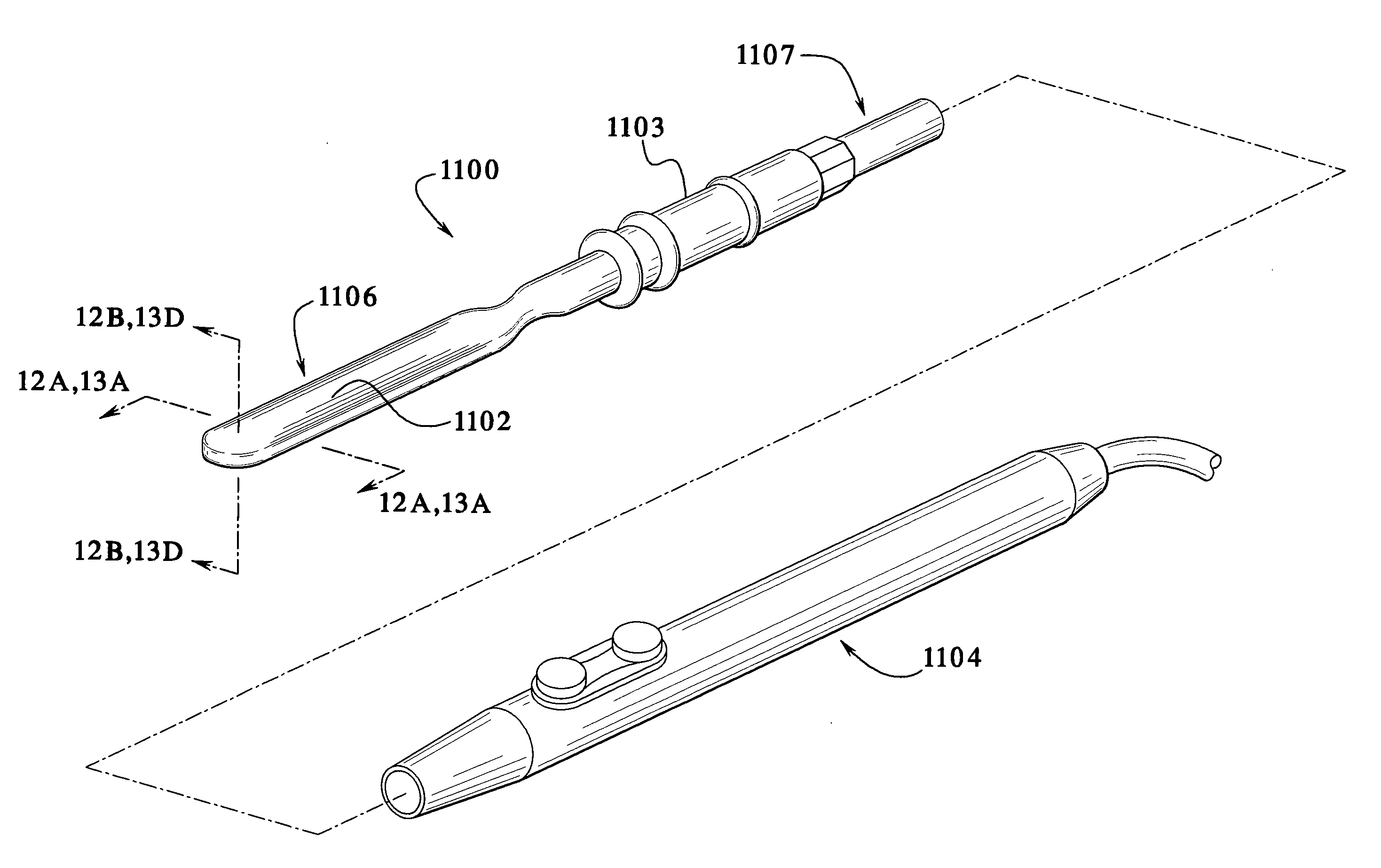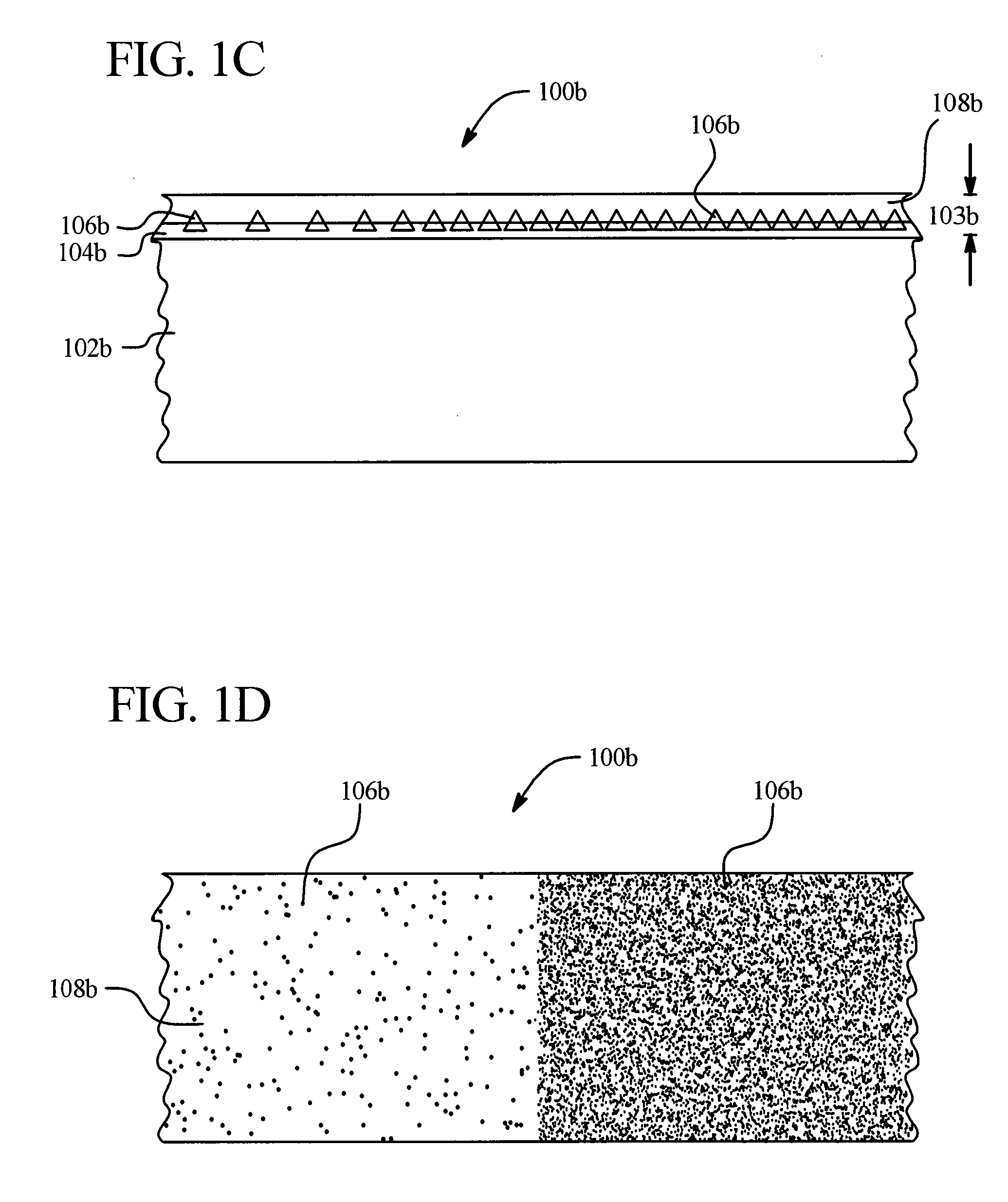Anti-microbial electrosurgical electrode and method of manufacturing same
a technology of electrosurgical electrodes and electrosurgical electrodes, which is applied in the direction of charging devices, lighting and heating apparatus, furnaces, etc., can solve the problems of body tissues prone to stick, work surfaces that generate heat and are subject to high temperatures during use, and excessive neuromuscular stimulation and possibly electrocution, etc., to achieve the desired final system enhance, improve or change the inherent characteristics of substrates or surfaces.
- Summary
- Abstract
- Description
- Claims
- Application Information
AI Technical Summary
Benefits of technology
Problems solved by technology
Method used
Image
Examples
examples
[0141] The above embodiments may be employed in several types of coating processes. In one example, a soft coating, which is commonly used to coat surfaces of cooking equipment, is applied to one or more surfaces of a substrate.
[0142] The surface is prepared with cleaning and / or grit blasting to uniformly roughen and clean the oxide layer off the surface, whether it be aluminum, aluminum oxide, steel, glass, ceramic, plastic or any suitable material. A primer bonding mixture or solution including a wet layer of a polyamide-imide (PAI) material is solvated in or dissolved in a solvent comprising a resin such as N-methylpryrrolidine (NMP) is sprayed onto the surface of the substrate so that the thickness of the wet mixture or solution is approximately between 30-50 microns thick. Alternatively, other suitable application methods such as dipping the substrate into the solution or flowing the mixture or solution onto the surface of the substrate may be used to apply the solution to the...
PUM
 Login to View More
Login to View More Abstract
Description
Claims
Application Information
 Login to View More
Login to View More - R&D
- Intellectual Property
- Life Sciences
- Materials
- Tech Scout
- Unparalleled Data Quality
- Higher Quality Content
- 60% Fewer Hallucinations
Browse by: Latest US Patents, China's latest patents, Technical Efficacy Thesaurus, Application Domain, Technology Topic, Popular Technical Reports.
© 2025 PatSnap. All rights reserved.Legal|Privacy policy|Modern Slavery Act Transparency Statement|Sitemap|About US| Contact US: help@patsnap.com



